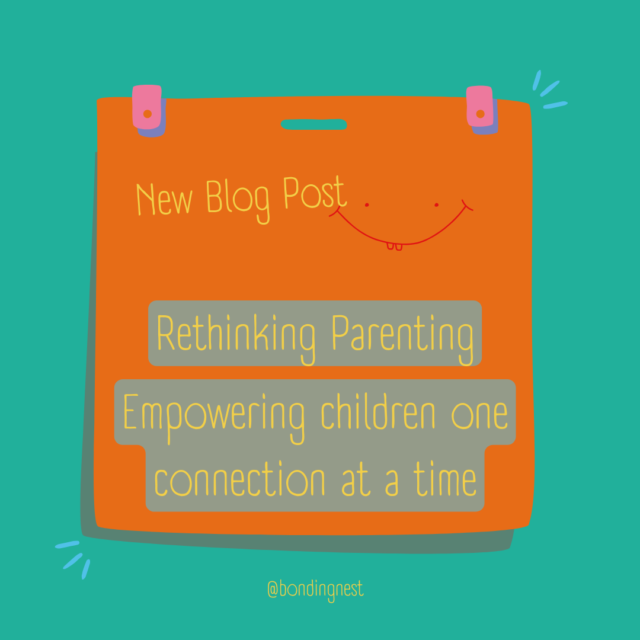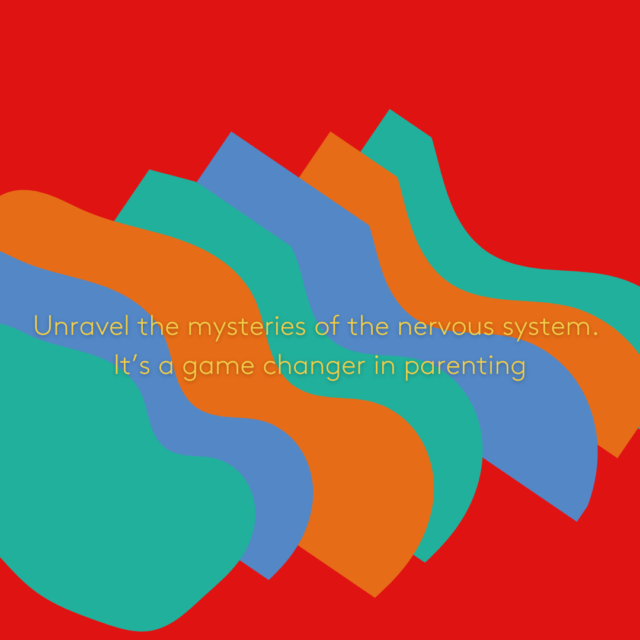Parenthood is a journey of immense love, joy, and yes, challenges. From the first cries of infancy to the tumultuous teenage years, parents are faced with a myriad of situations that can leave them scratching their heads and wondering, “What’s going on with my child?” It’s during these moments that delving into the depths of our understanding of the nervous system can provide profound insights.
Enter Polyvagal Theory, a groundbreaking concept pioneered by Dr. Stephen Porges that has revolutionized our comprehension of human behavior, particularly in the context of relationships and social interactions. At its core, Polyvagal Theory explores the intricate interplay between our autonomic nervous system and our experiences of safety, connection, and threat.
As parents, we often find ourselves navigating the turbulent waters of our children’s emotions and behaviors. Why does our child meltdown seemingly out of nowhere? Why do they become withdrawn or defiant in certain situations? Polyvagal Theory offers us a roadmap to decipher these mysteries.
The theory delineates three distinct physiological states that we cycle through in response to perceived threats or safety cues: the ventral vagal, sympathetic, and dorsal vagal states. Understanding these states can be a game-changer for parents.
The ventral vagal state, often referred to as the “social engagement system,” is associated with feelings of safety and connection. When our children are in this state, they’re open, receptive, and able to engage in meaningful interactions. As parents, nurturing this state in our children lays the foundation for healthy communication and emotional regulation.
However, life isn’t always smooth sailing, and our children may find themselves slipping into sympathetic or dorsal vagal states in response to stressors. The sympathetic state, commonly known as the “fight or flight” response, is characterized by heightened arousal and a readiness to either confront or flee from perceived danger. Meanwhile, the dorsal vagal state, often dubbed the “shutdown” mode, involves a withdrawal response marked by feelings of disconnection and immobilization.
Recognizing when our children are in these states is crucial for offering them the support and reassurance, they need to regulate their nervous systems. It’s not about dismissing their emotions or behaviors but rather empathetically acknowledging their internal experiences and helping them co-regulate back to a state of safety and connection.
As a parent coach, I’ve witnessed firsthand the transformative power of Polyvagal Theory in guiding parents toward deeper understanding and connection with their children. Armed with this knowledge, parents are better equipped to respond to their children’s needs with compassion and patience, fostering secure attachments and resilient coping skills.
But beyond the immediate benefits for individual families, embracing Polyvagal Theory holds profound implications for the future generation. By prioritizing emotional intelligence and relational attunement in our parenting practices, we’re sowing the seeds for a more empathetic, interconnected society—one were understanding and acceptance flourish.
So, to all the parents out there, I urge you to dive into the depths of Polyvagal Theory. Educate yourselves, engage with resources, and embrace the journey of understanding your child’s nervous system. Your efforts today will ripple out into the future, shaping generations to come with a legacy of love, empathy, and connection.
As a parent coach, I’m here to walk alongside you, offering guidance and encouragement every step of the way. Together, we can unravel the mysteries of the nervous system and pave the path towards deeper connection and resilience for both you and your child.







